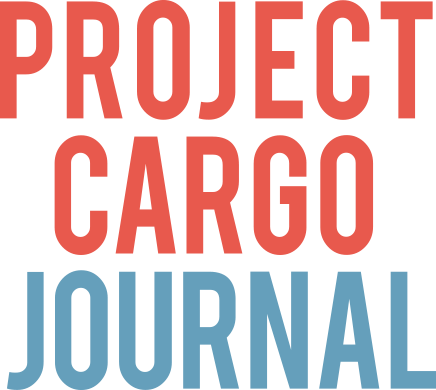Sigma Lithium reaches second shipment target of 15,000 tonnes of triple zero green lithium at port
NewsSigma Lithium has reached its second shipment target after trucking 15,000 tonnes of battery-grade lithium concentrate and 30,000 tonnes of by-products to Vitoria Port in Brazil.




